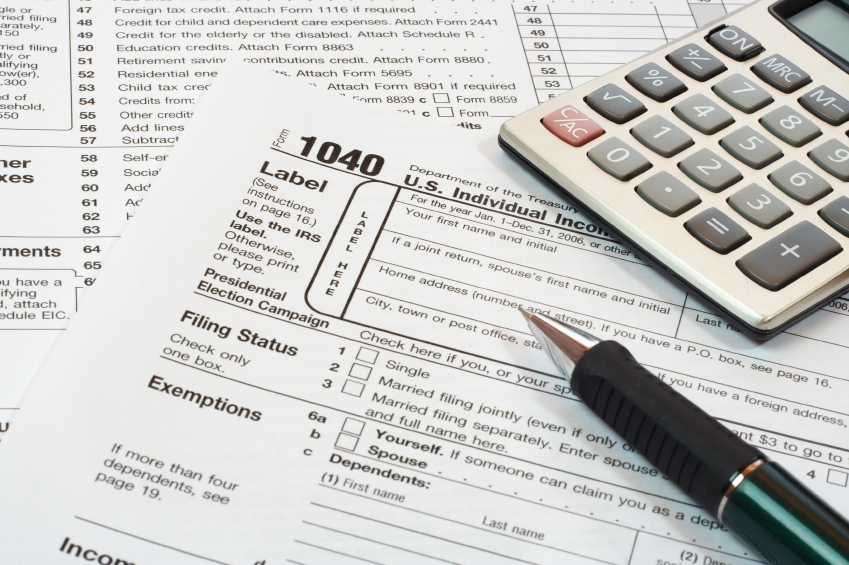1. Use IRS Free File. Most people qualify to use free, brand-name software to prepare and e-file their federal tax returns. IRS Free File is the easiest way to file. Free File software will help you determine if you should itemize and file the right tax forms. It will do the math and e-file your return – all for free. Check your other e-file options if you can’t use Free File.
2. Figure your itemized deductions. Add up deductible expenses you paid during the year. These may include expenses such as:
- Home mortgage interest
- State and local income taxes or sales taxes (but not both)
- Real estate and personal property taxes
- Gifts to charities
- Casualty or theft losses
- Unreimbursed medical expenses
- Unreimbursed employee business expenses
3. Know your standard deduction. If you don’t itemize, your basic standard deduction for 2014 depends on your filing status:
- Single $6,200
- Married Filing Jointly $12,400
- Head of Household $9,100
- Married Filing Separately $6,200
- Qualifying Widow(er) $12,400
4. Check the exceptions. There are some situations where the law does not allow a person to claim the standard deduction. This rule applies if you are married filing a separate return and your spouse itemizes. In this case, you can’t claim a standard deduction. You usually will pay less tax if you itemize. See Pub. 17 for more on these rules.
5. Use the IRS ITA tool. Visit IRS.gov and use the Interactive Tax Assistant that takes you through a series of questions just like one of our customer service representatives would. The tool can help determine your standard deduction. It can also help you figure several of your itemized deductions.
6. File the right forms. To itemize your deductions, use Form 1040 and Schedule A, Itemized Deductions. You can take the standard deduction on Forms 1040, 1040A or 1040EZ.

 RSS Feed
RSS Feed
